7 High-Maintenance Houseplants to Avoid
There are a few prima donna plants that I’ve vowed never to buy again because they’re a massive pain in the behind. Save yourself some bother and take note—I’ve suffered so you don’t have to.
Table of Contents
Philodendron Birkin
For the longest time, the Philodendron Birkin was my favorite plant. The pinstripe leaves are simply mesmerizing, but this plant can be quite the diva. Despite its striking appearance, many people find it challenging, and I’ve started to understand why.
This plant’s new white leaves often get tied up or turn brown and mushy before falling off. After three years of trying to crack the code, it remains as mysterious as the Bermuda Triangle. I’ve tried everything from moving it to a terracotta pot to adjusting its light exposure, but nothing seems to work. When I repotted it, the roots looked fine, so I’m left puzzled. Splitting it into multiple offspring and putting them on a rehab program might be my last resort.
More details about Philodendron Birkin: Click here
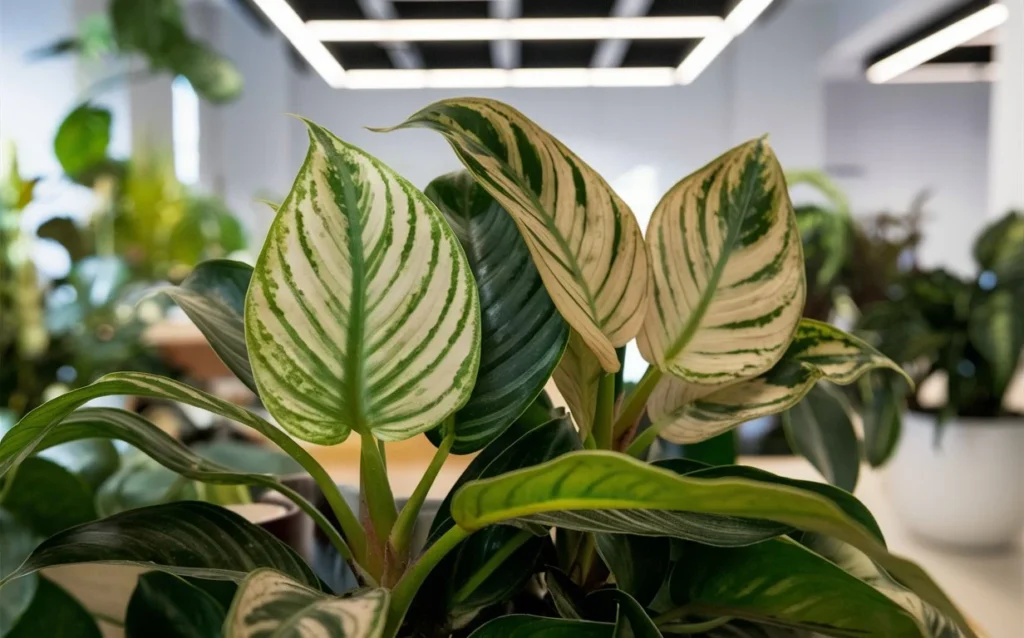
Tradescantia Tricolor
This one leaves me feeling gutted because I absolutely love it when it’s healthy. The pink and cream variegation is almost good enough to eat (but don’t!). However, maintaining its beauty is a constant battle. The stems get longer, die off at the base, and the plant ends up looking messy. Restarting it frequently helps, but it gets tedious. If your tricolor is turning green, it’s not getting enough light. Move it to a brighter spot to give the variegated leaves a fighting chance.
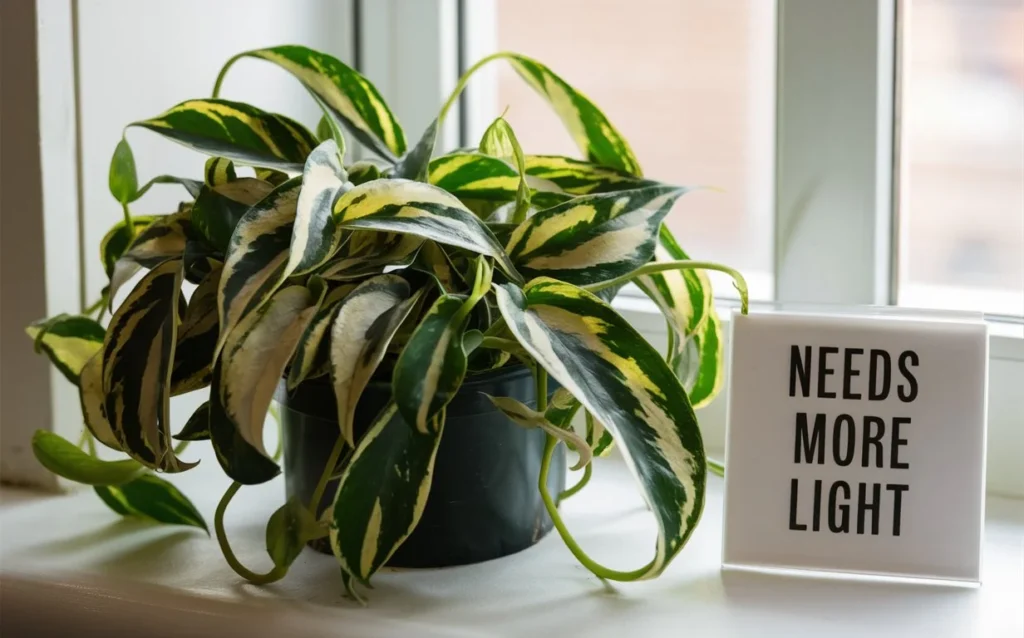
Chinese Money Plant (Pilea Peperomioides)
The Chinese Money Plant, or Pilea Peperomioides, is notorious for dropping leaves at the bottom, leading to an unattractive appearance. I propagated these plants extensively, but over the years, I’ve given most of them away. Now, I’m left with just the grumpy mother plant. She takes up too much space and is always in need of more light, making her difficult to place.
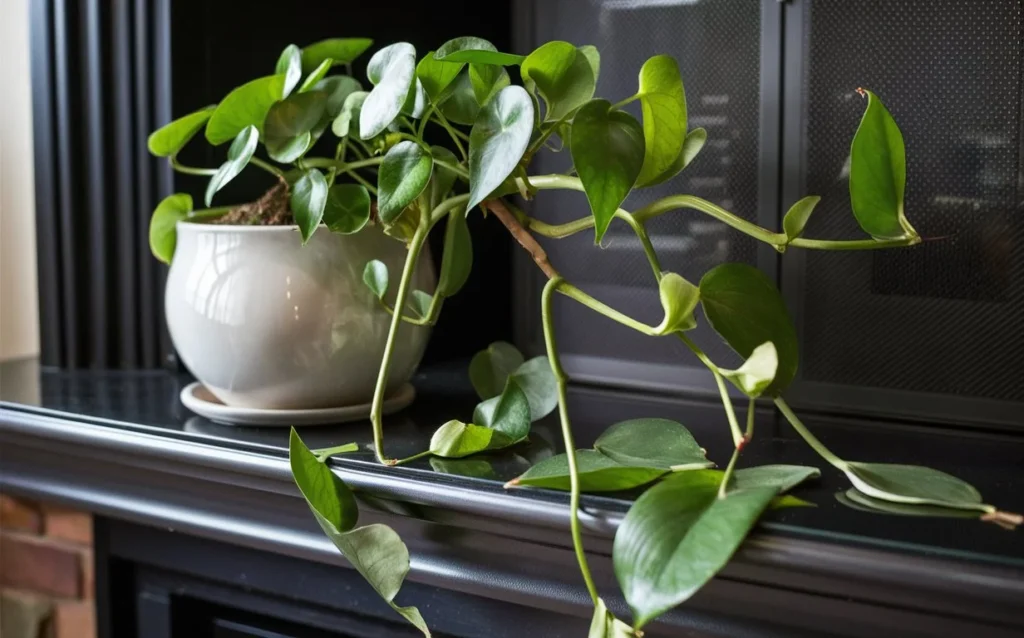
Alocasia Amazonica (Elephant Ear)
The Alocasia Amazonica, or Elephant Ear, is the Quasimodo of the plant world. Despite its unique charm, this plant has a frustrating tendency to lose all its leaves as winter approaches. To avoid this, a good grow light is essential. My plant was down to a single leaf last winter, but all the growth you see now is new from this year.

Orchids
Orchids are lovely and have a cult following on YouTube, but I find them awkward. They require a lot of light, but their leaves are so oddly shaped that they don’t fit on any windowsill. Despite their beauty, finding a suitable spot for them in my home has been a challenge. They thrive with plenty of light and no soil, but making their roots happy is crucial.

Chlorophytum Orchidastrum (The Orchidastrum)
This plant, with its black leaves, has been a battle for over a year. Medium light and water conditioner seem to be the keys to success. Bright light and chlorine buildup from tap water are their enemies. Stick to these guidelines, and you might just keep this plant happy.
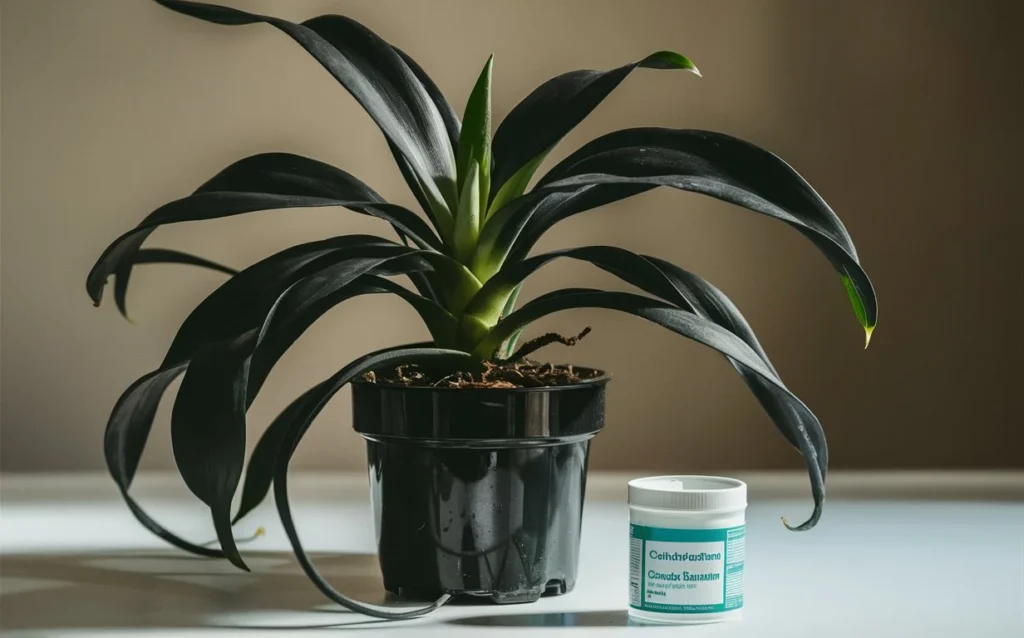
Hoyas
Hoyas are another favorite, but they can be quite rampant, taking over everything in their path. They grow rapidly with a bit of light and occasional watering. I’m concerned they might choke out my Devil’s Ivy, but time will tell.
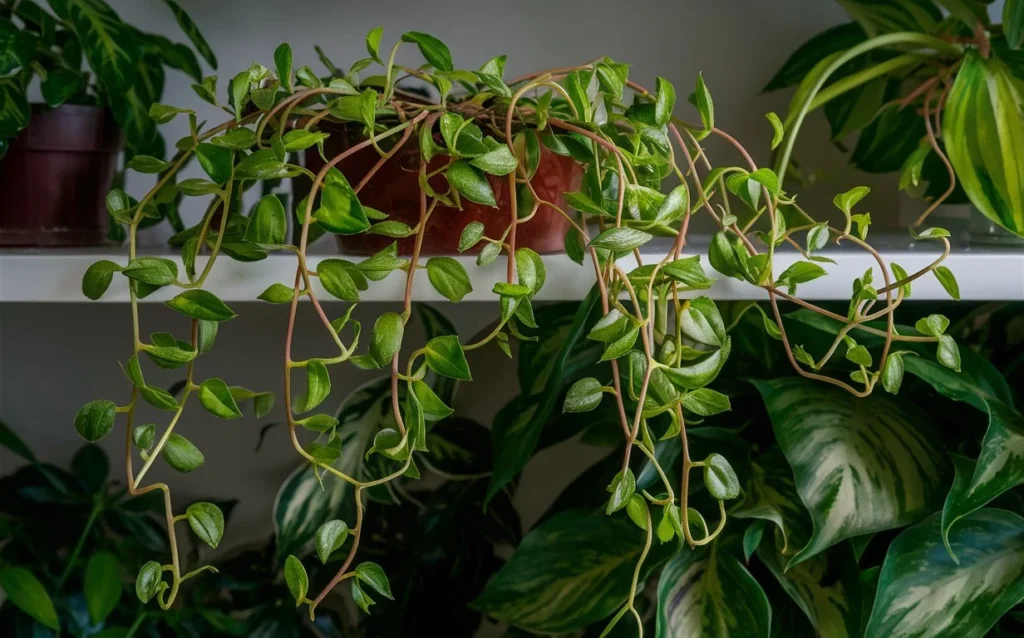
Frequently Asked Questions
Q: How can I keep my Tradescantia Tricolor from turning into a mess?
A: Tradescantia Tricolor is gorgeous but a bit high-maintenance. When it starts getting leggy and messy, it’s time to restart. Snip off the healthy bits and propagate them. And if the colors are fading to green, it means it needs more light—move it to a brighter spot and let those variegated leaves shine!
For details: Learn more about the propagation of Tradescantia Tricolor
Q: My Chinese Money Plant keeps dropping leaves. What am I doing wrong?
A: Welcome to the club! Chinese Money Plants tend to drop leaves, especially from the bottom. This can be due to inconsistent watering or low light. Keep her in bright, indirect light and water when the top inch of soil feels dry. And don’t be afraid to propagate—those babies can make great gifts!
For details: Understand the common issues with Chinese Money Plants.
Q: My Alocasia Amazonica (Elephant Ear) is losing all its leaves. Help!
A: Don’t panic! Elephant Ears often go into dormancy when the days get shorter. A grow light can work wonders to keep them from shedding all their leaves. If it does lose leaves, just be patient—it’ll bounce back with new growth when the conditions are right.
For details: Read about the dormancy patterns of Alocasia plants.
Q: How do I keep my orchids happy? They seem so finicky.
A: Orchids can be a bit awkward, but they’re not too tough once you get the hang of it. They love bright, indirect light and hate having soggy roots. Use a pot with good drainage and let those roots breathe. And yes, they’re a bit like Goldilocks with their placement, so you might need to try a few spots before they’re happy.
For details: Check out my orchid care tips and tricks.
Q: My Chlorophytum Orchidastrum has black leaves. What’s wrong?
A: Black leaves can be a sign of too much light or chlorine buildup from tap water. Keep this plant in medium light and use water that’s been conditioned to remove chlorine. It’s a bit finicky, but with these tweaks, it should start looking healthier.
Q: Why are my Hoyas taking over everything?
A: Hoyas are like the indoor plant world’s version of Japanese knotweed! They grow like crazy with just a bit of light and water. If they’re starting to smother other plants, give them their own space to shine. Regular pruning can help keep them in check and looking fabulous.

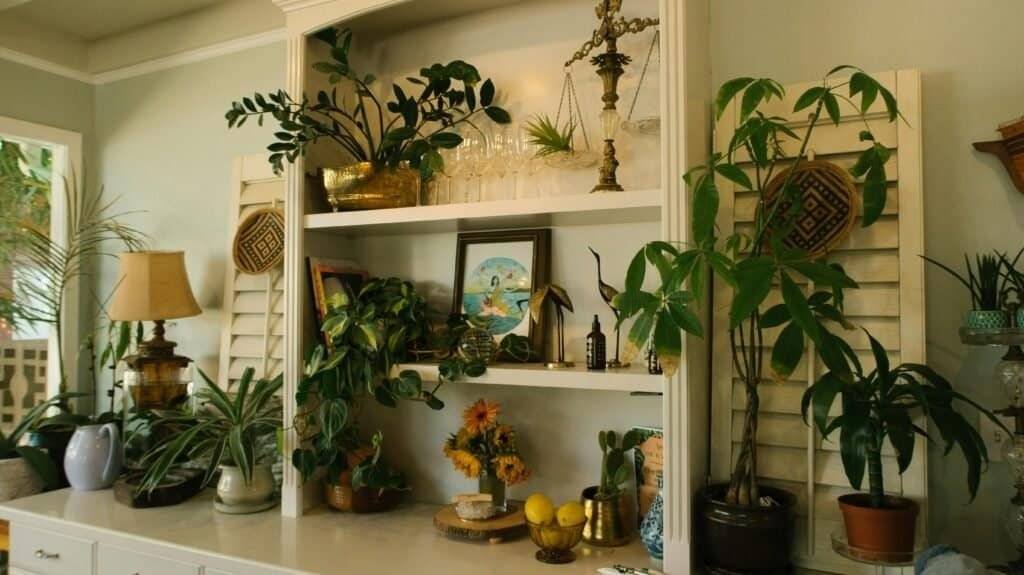





 *(Include an image of droopy leaves)* Some plants, such as calatheas, prefer moist soil at all times; otherwise, they develop that signature brown tissue damage on the leaves. The annoying thing here is that the damage cannot be reversed and can only be cut away, leaving you with a damaged plant. If the soil of your plant is bone dry, you'll notice that it's pulling away from the sides of the pot. This is because the soil has shrunk due to a lack of moisture, so make sure you are not letting this happen by watering a little more frequently. #### Signs Your Plant is Overwatered (darkgreen) Overwatering plants is a really common way that people kill their plants. Beginner plant enthusiasts often have a common misconception that houseplants need lots of water, but the reality is that these plants are native to hot climates where they may get periods of drought followed by large rain which rehydrates them. **Yellowing leaves** (red) can indicate an overwatering problem as well as an underwatering problem. If you are watering your plant too often and the soil is always wet, this can lead to root rot, which will begin to affect the leaves of your plant. **Limp and mushy leaves** (red) also indicate that you are overwatering your plant. This is particularly true with succulents such as Echeverias. Echeverias store water in their thick leaves and have difficulty storing excess water if you are watering your plant too often. This leads to mushy plants that eventually fall off.  *(Include an image of yellowing leaves)* Philodendron and Pothos plants tend to get mushy leaves that fall off if the soil is consistently soggy. My Philodendron Birkin recently developed some new brown leaves that fell off because I was overwatering it. Whereas crispy brown edges on leaves indicate an underwatering problem, if the whole leaves are turning brown, this tends to mean that the plant tissue is rotting due to too much water. You may also notice some water droplets on the ends of the leaves of some of your plants. This is the plant perspiring excess water through its leaves and can indicate that you are giving the plant too much water. Now, this tends to happen on plants that prefer drier soil, and I notice it quite often on my Philodendron Birkin and my Tradescantia Nanook. **Increased presence of fungus gnats** (red) can also be a sign that your plant is too moist. Fungus gnats like a moist top two inches of soil to breed and lay their eggs, so if your soil is wet, it creates a breeding ground for gnats. If you see lots of flea-like flies jumping around the top of your soil, I would just dial back on the watering and let the top two inches of the soil dry out before watering again. #### Watering Tips (darkgreen) It is important to allow the soil of your houseplant to dry out between waterings. This prevents the possibility of over-watering, which is one of the most common reasons people kill their plants. **Check the soil moisture** (red) before watering your plant by sticking your finger two inches into the soil. If it feels wet, leave it a few days and then check again. An even better way to check the soil moisture is to invest in a moisture meter. This device needs no batteries and tells you exactly how much moisture is in the soil, giving you control over watering your plants.  *(Include an image of a moisture meter)* When you identify that your plant needs water, make sure you give it a thorough soaking. Take your plant to a sink area and soak the soil four or five times until water drains out of the bottom each time. This ensures that all the soil in the pot gets moistened and there are no dry patches. **Bottom watering** (teal) is a method that has changed the health of my plants since I implemented it a couple of years ago. Place your plant in a container of water and let it absorb moisture from the bottom up. This method prevents water from getting on the leaves, which can cause leaf tissue damage. I hope this article was helpful. Now you know when to water your plants and when not to. Apply this knowledge to your plants and see the growth. Happy gardening! --- Incorporating these visual and formatting enhancements will make your article more attractive and engaging for your readers.](https://growinggaze.com/wp-content/uploads/2024/05/pexels-artempodrez-7242495-scaled.jpg)

